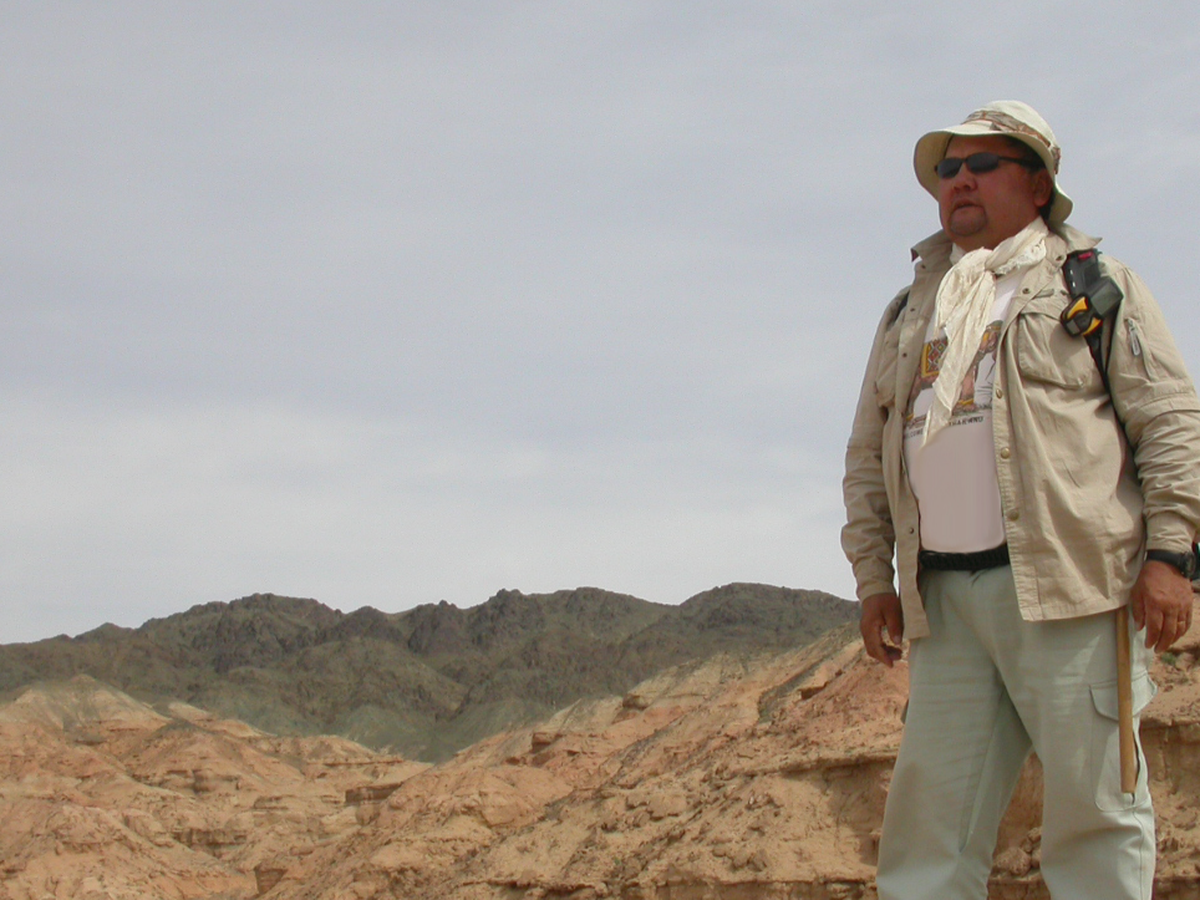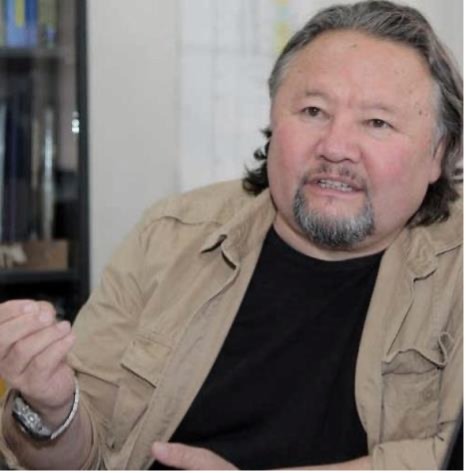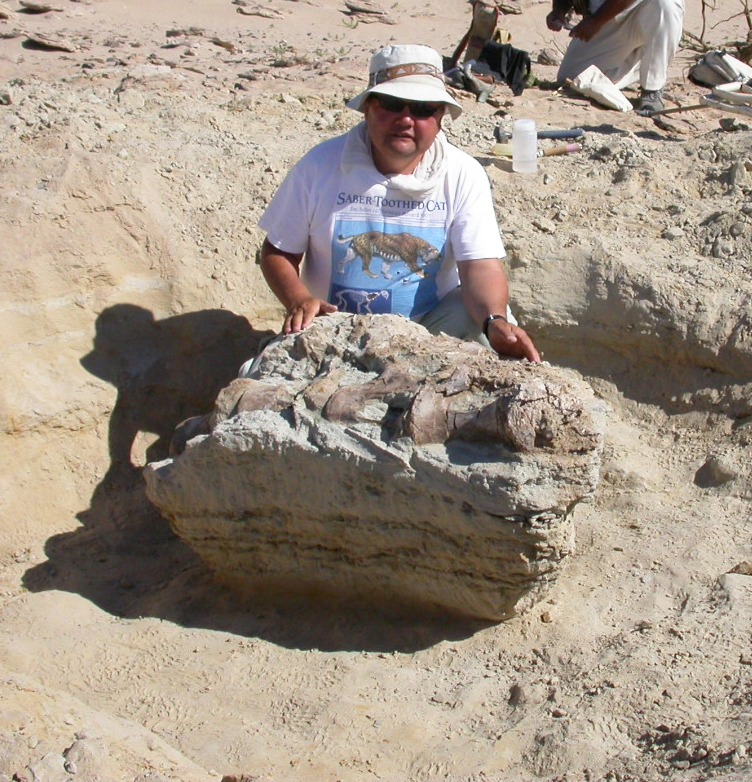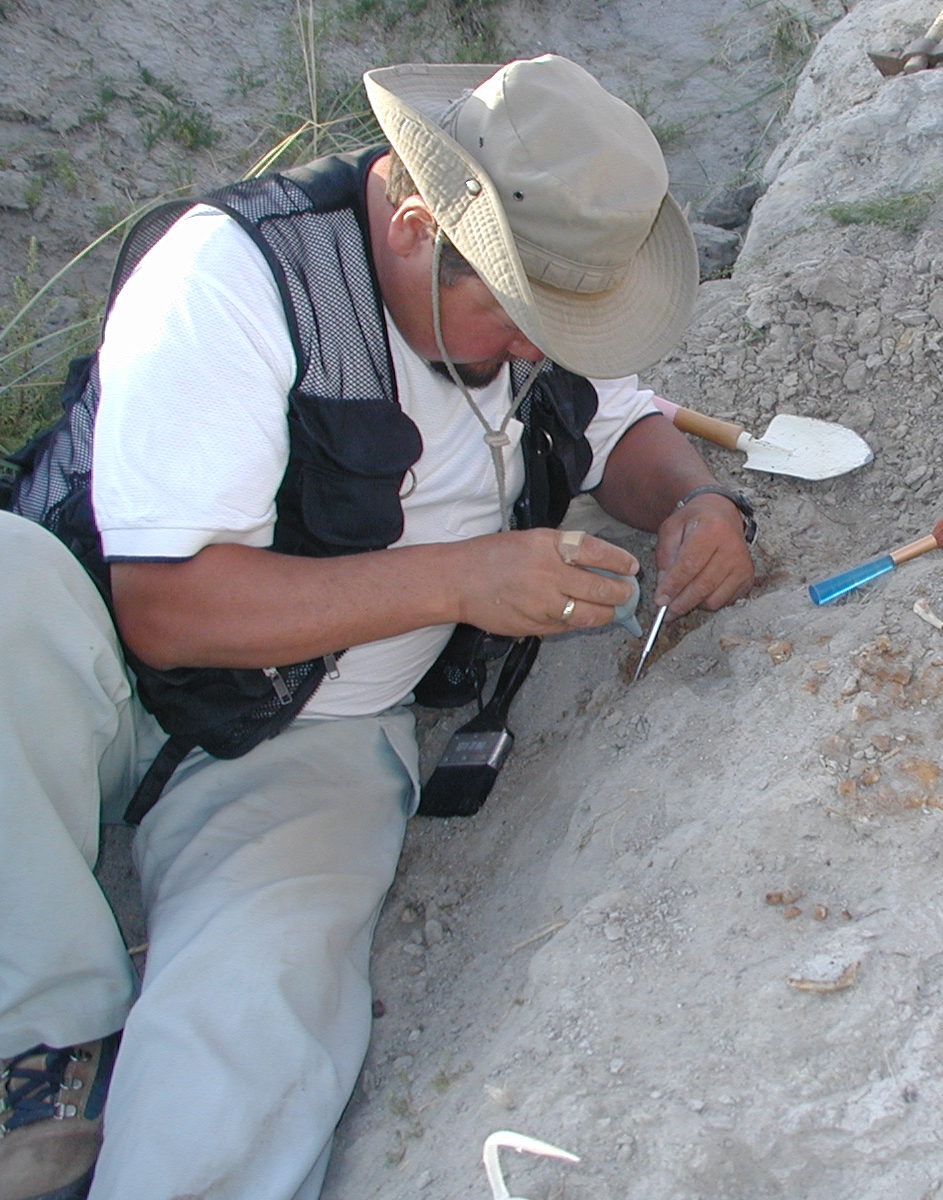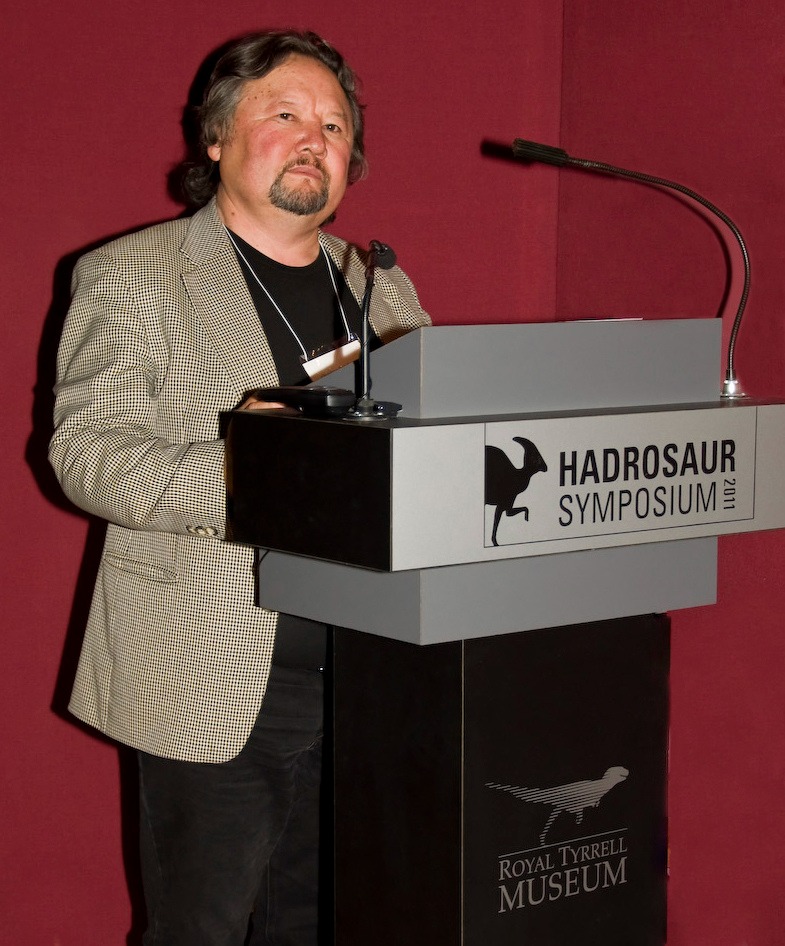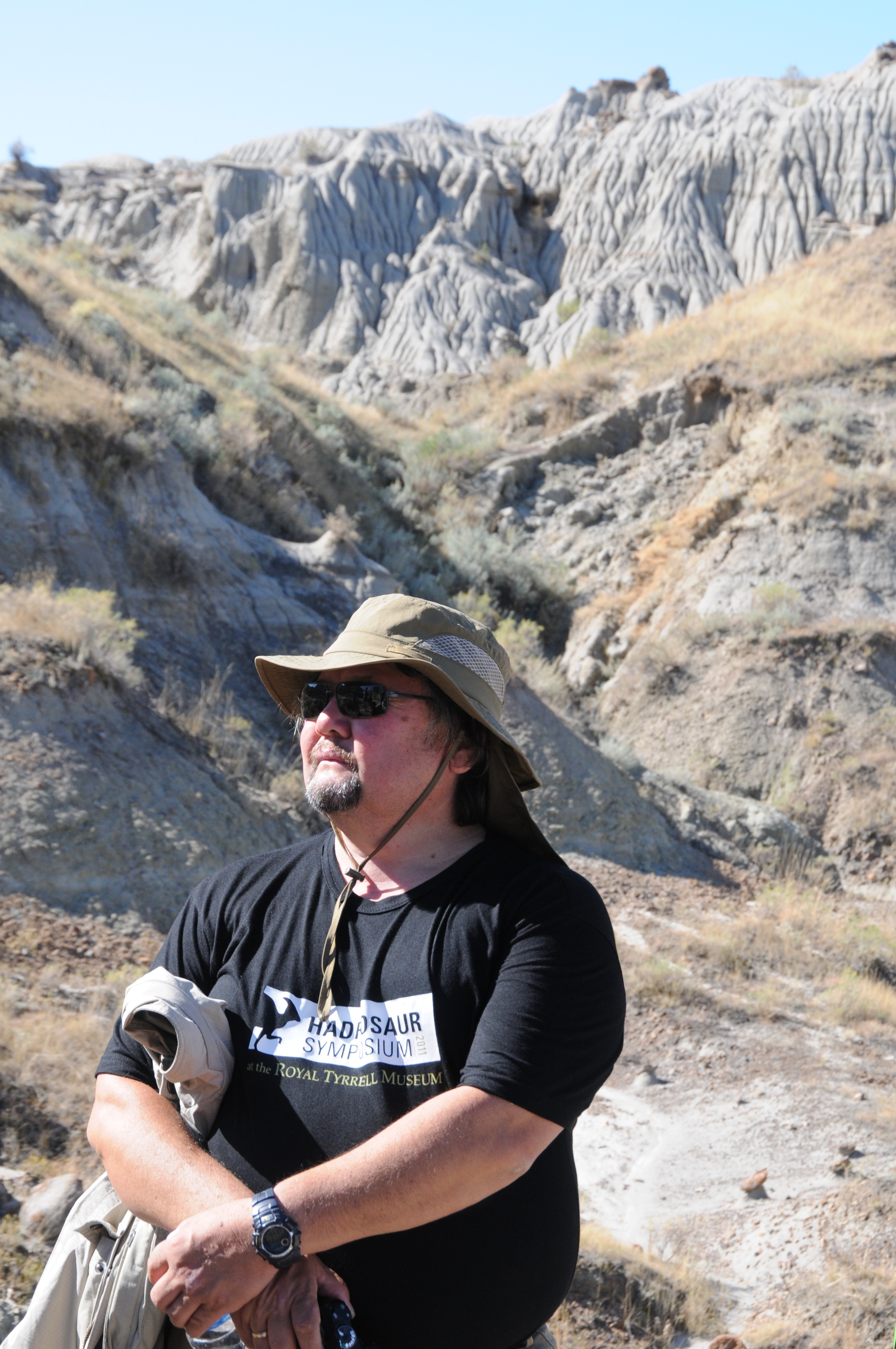Renowned Mongolian paleontologist Dr. Khishigjav Tsogtbaatar is fighting for his life, and his family is in need of your help.
Recently, Dr. Khishigjav Tsogtbaatar was diagnosed with clear cell carcinoma of the kidney (CCC), which has spread to his lungs and ears. He has been fighting this disease for nearly a year with chemotherapy. His treatment plan includes at least 17 courses (one course equals a 3-week-long treatment). Each course of treatment costs his family over five thousand dollars. We are raising funds to help them afford his care. Any unused funds will be donated to the Society of Vertebrate Paleontology to support dinosaur research.
About Dr. Tsogtbaatar
Dr. Khishigjav Tsogtbaatar is one of the world's most celebrated paleontologists. His extensive knowledge of Mongolian fossils is unmatched, and his passion for protecting and sharing Mongolia’s fossil record is unparalleled.
Dr. Tsogtbaatar began conducting fieldwork in the Gobi Basin of Mongolia after graduating with an undergraduate degree in biology from Mongolia’s National University in 1981. He then completed his doctoral degree at Kagoshima University in Japan. Dr. Tsogtbaatar began his career as a research staff member at the Institute of Geology of the Mongolian Academy of Sciences. He served as the head of the Mongolian Paleontological Laboratory and the director of the Institute of Paleontology of the Mongolian Academy of Sciences. Currently, he serves as the scientific advisor to the Institute of Paleontology of the Mongolian Academy of Sciences, the country's top national research institute.
During that time, Dr. Tsogtbaatar led numerous international joint expeditions, including the excavation of multiple new dinosaur species, such as Choyrodon barsboldi, Tarbosaurus bataar, Gobihadros mongoliensis, Plesiohadros djadokhtaensis, and Oksoko avarsan, among others. His main research area is the evolution of hadrosaurs, also known as “duck-billed” dinosaurs. Dr. Tsogtbaatar was also instrumental in organizing groundbreaking fossil exhibitions, including "Mongolian Dinosaurs," showcased in over 70 cities across 20 countries over the past 24 years.
Dr. Tsogtbaatar’s scientific contribution includes the naming of fifteen new dinosaur species, including the ornithopods Plesiohadros djadokhtaensis (Tsogtbaatar et al., 2014), Gobihadros mongoliensis (Tsogtbaatar et al., 2019), and Choyrodon barsboldi (Gates et al., 2018); the theropods Gobivenator mongoliensis (Tsuihiji et al., 2014), Harenadraco prima (Lee et al., 2024), Deinocheirus mirificus (Lee et al., 2014), Aepyornithomimus tugrikinensis (Chinzorig et al., 2017), Halszkaraptor escuilliei (Cau et al., 2017), Shri rapax (Moutrille et al., 2025), Nemegtonykus citus (Lee et al., 2019), Jaculinykus yaruui (Kohta et al., 2023), Oksoko avarsan (Funston et al., 2020), Khankhuuluu mongoliensis (Jared et al., 2025); and the pachycephalosaurs Amtocephale gobiensis (Watabe et al., 2011) and Zavacephale rinpoche (Chinzorig et al., 2025).
Dinosaurs named in honor of Dr. Khishigjav Tsogtbaatar include the therizinosaur Duonychus tsogtbaatari Kobayashi et al., 2025, and the pterosaurs Gobiazhdarcho tsogtbaatari (Pegas et al., 2025) and Tsogtopteryx mongoliensis (Pegas et al., 2025).
Organizer and beneficiary
Chinzorig Tsogtbaatar
Beneficiary
